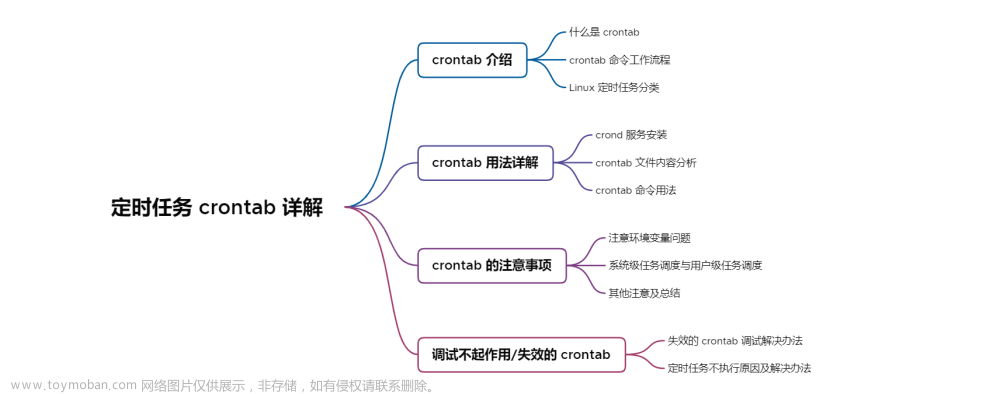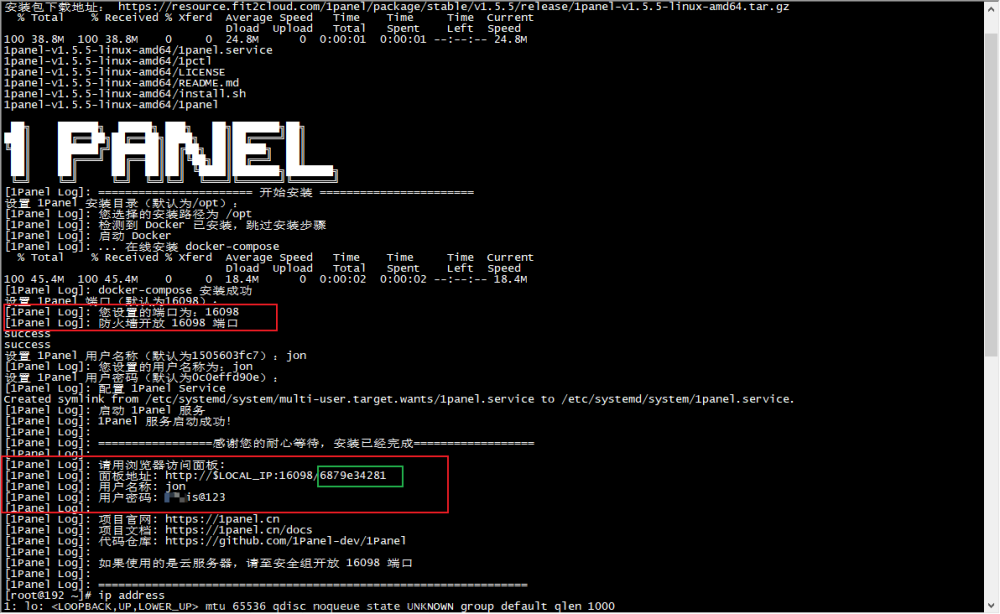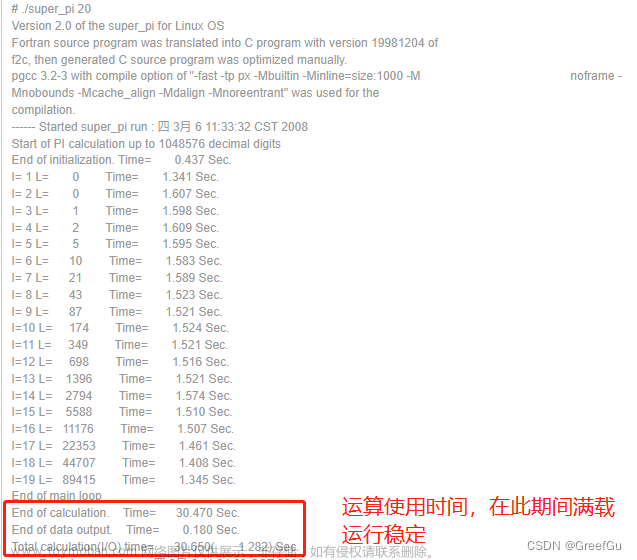shell函数可以有返回值,但是只能返回0-255作为状态值,不能返回字符串,字符串可以通过其他方式传递给调用者
1.shell函数的return
小于255的值
~/Desktop$ cat b.sh
getLastSize() {
size=2
return $size
}
getLastSize
lastSize=$?
echo "last size: $lastSize"
~/Desktop$ ./b.sh
last size: 2大于255的值
~/Desktop$ cat b.sh
getLastSize() {
size=256
return $size
}
getLastSize
lastSize=$?
echo "last size: $lastSize"
~/Desktop$ ./b.sh
last size: 0基本是对256取余的返回值
~/Desktop$ cat b.sh
getLastSize() {
size=513
return $size
}
getLastSize
lastSize=$?
echo "last size: $lastSize"
~/Desktop$ ./b.sh
last size: 1
2.返回字符串
通过$(函数调用和参数),通过$()调用,函数中的echo不会打印到控制台,直接调用函数,则会调用控制台
~/Desktop$ cat b.sh
getLastSize() {
size=513
echo $size
}
lastSize=$(getLastSize)
echo "last size: $lastSize"
~/Desktop$ ./b.sh
last size: 513
返回非纯数字的字符串
~/Desktop$ cat b.sh
getLastSize() {
size='aaa513'
echo $size
}
lastSize=$(getLastSize)
echo "last size: $lastSize"
~/Desktop$ ./b.sh
last size: aaa513
多行echo
~/Desktop$ cat b.sh
getLastSize() {
echo 'hello world'
size='aaa513'
echo $size
}
lastSize=$(getLastSize)
echo "last size: $lastSize"
~/Desktop$ ./b.sh
last size: hello world
aaa513
多行echo只获取最后一个输出
############################################
~/Desktop$ cat b.sh
getLastSize() {
echo 'hello world'
size='aaa513'
echo $size
}
lastSize=$(getLastSize | tail -1)
echo "last size: $lastSize"
~/Desktop$ ./b.sh
last size: aaa513
#############################################
~/Desktop$ cat b.sh
getLastSize() {
echo 'hello world'
size='aaa513'
echo $size
}
lastSize=`getLastSize | tail -1`
echo "last size: $lastSize"
~/Desktop$ ./b.sh
last size: aaa513
3.函数参数
~/Desktop$ cat b.sh
function printArg(){
echo '$*='$*
echo '$@='$@
echo '$#='$#
echo '$0='$0
echo "\$1=$1"
echo '$2='$2
echo '$$='$$
echo $2+$3
}
printArg 'a' 'b' 'c' 1 2 3
echo 'printArg done'
ret=$(printArg 1 3 'a' 'b' 5 | tail -1)
echo 'printArg done'
echo "ret=$ret"
~/Desktop$ ./b.sh
$*=a b c 1 2 3
$@=a b c 1 2 3
$#=6
$0=./b.sh
$1=a
$2=b
$$=663215
b+c
printArg done
printArg done
ret=3+a
参数说明
$0;# 获取执行命令:./b.sh
$*;# 获取所有参数列表
$@;# 获取所有参数列表
$#;# 获取参数列表个数
$1;# 获取第一个参数
$2;# 获取第二个参数
$$;# 获取进程id
4.流程控制
for循环
~/Desktop$ cat b.sh
function testfor(){
for (( x=1; x<$1; x++)); do
echo get number: $x
done
}
testfor 5
~/Desktop$ ./b.sh
get number: 1
get number: 2
get number: 3
get number: 4
switch case;在sell中是case in
~/Desktop$ cat b.sh
function getDaysInYearMonth(){
days=0;
year=$1;month=$2;
case $month in
4 | 6 | 9 | 11)
days=30;;
2)
if [ $((year%4)) -eq 0 -a $((year%100)) -ne 0 -o $((year%400)) -eq 0 ];then
days=29;
else
days=28;
fi;;
*)
days=31;;
esac;
return $days;
}
getDaysInYearMonth 2020 2
days=$?
echo 2020/02 has day:$days
getDaysInYearMonth 2022 3
days=$?
echo 2022/03 has day:$days
~/Desktop$ ./b.sh
2020/02 has day:29
2022/03 has day:31
规则
# case val in
# match1)
# dosomething
# doother;;
# match2 | match2)
# dosomething;;
# *) #match all
# dosomething;;
# esac;
#
#
注意:
函数return的是状态码,不是数值文章来源:https://www.toymoban.com/news/detail-684805.html
函数可以通过echo让调用者调用$()获取文章来源地址https://www.toymoban.com/news/detail-684805.html
到了这里,关于linux shell函数和返回值的文章就介绍完了。如果您还想了解更多内容,请在右上角搜索TOY模板网以前的文章或继续浏览下面的相关文章,希望大家以后多多支持TOY模板网!





![[1Panel]开源,现代化,新一代的 Linux 服务器运维管理面板](https://imgs.yssmx.com/Uploads/2024/02/722869-1.png)






